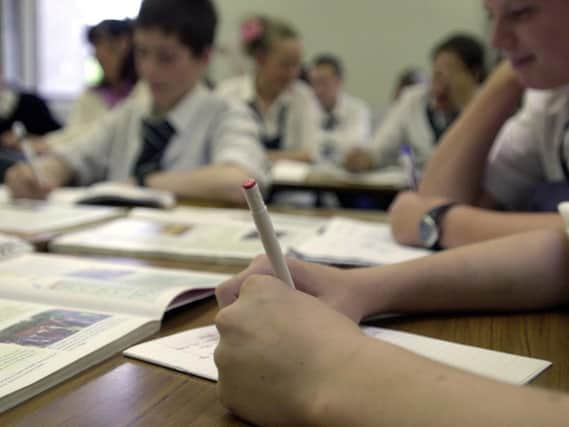All new Calderdale primary places were in 'top-rated' schools last year


But with the share of new places in top-rated schools varying widely across the country, the Association of School and College Leaders says it is often those in deprived areas that struggle to improve their standing in a “unfair and punitive” system.
Department for Education data shows 91 new primary places created in Calderdale in the year to May 2019 were in schools judged outstanding by the government inspection body Ofsted – none were in schools deemed good.
Advertisement
Hide AdAdvertisement
Hide AdThat accounted for all new school places– compared to the national average of 91% of new places created in top schools.
But when it comes to pre-existing school places, the area has slightly fewer in good or outstanding schools than the national average – 88% compared to 89%.
Ofsted inspects all state-funded schools in England, and can rate a school as outstanding, good, requiring improvement or inadequate.
It recently announced it would visit schools after the summer holidays to see “how they are getting back up to speed” after closures due to Covid-19, but stressed these would not be inspections.
Advertisement
Hide AdAdvertisement
Hide AdThe proportion of new places in top-rated schools varied widely across England – while dozens of local authorities saw all their new spots in schools with the two more favourable judgements, several had none.
Geoff Barton, general secretary of the Association of School and College Leaders, said many factors lie behind local differences, including how many good or outstanding schools exist in the first place.
He added: “It is unfortunately a feature of the school system in England that schools in deprived areas are more likely to be downgraded by Ofsted than those in more affluent areas.
“This is because these schools face significant challenges, such as difficulties in teacher recruitment, and the effect of a poor Ofsted grade is often to stigmatise them and make improvement more difficult.
Advertisement
Hide AdAdvertisement
Hide Ad“School leaders and teachers across the country are working incredibly hard to try to secure long-term sustainable improvement in these schools, and ensure every child has a place in a school which is rated as good or better, but they have to do so despite a system which often feels unfair and punitive.”
A DfE spokesman said: “Around nine in 10 new places created last year were in good or outstanding schools, and the proportion of those schools has increased from 68% in 2010 to 86% this year.
“We will continue to support local authorities, trusts and schools themselves to keep raising standards and ensuring children receive the education they deserve.”